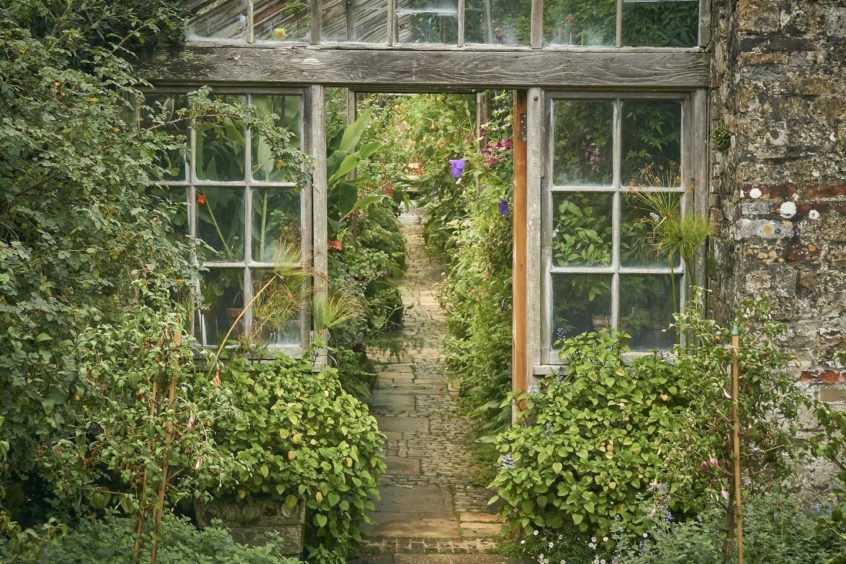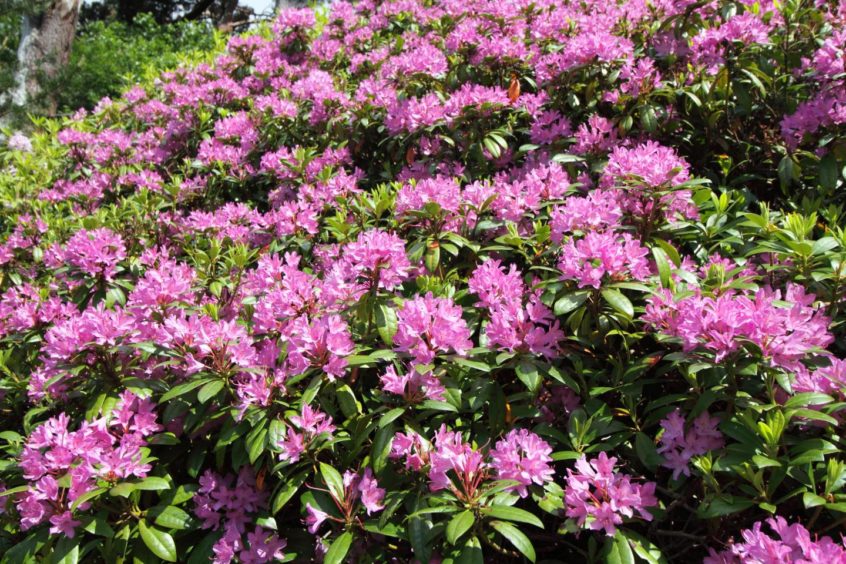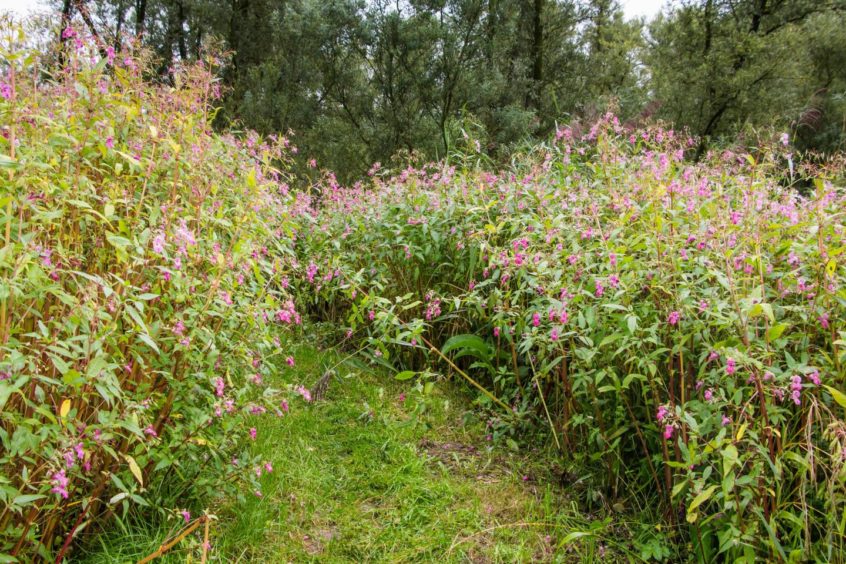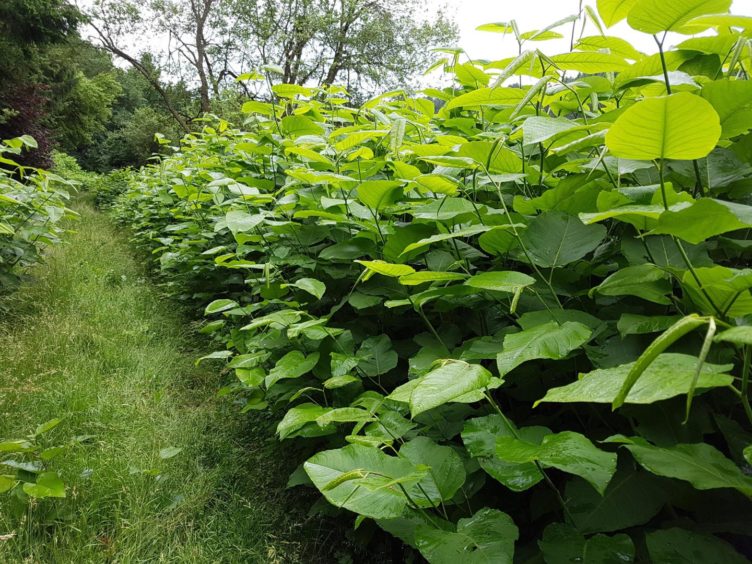The one remaining thing I would love to do once time travel is invented – now Scotland are finally taking part in a major football tournament again – is go back to a garden in Victorian times.
I do love learning about garden history – the different methods used, how machinery has developed, the endeavours of plant hunters whose bounty is the backbone of our gardens today, and the great gardeners who worked tirelessly to create and maintain some of our country’s grandest gardens, in all their varied styles.
The Victorian era seems so special though, with the advancement of growing houses and their coal-powered heating systems to home the new plants arriving from all corners of the world. These would be displayed in gardens tended by an abundance of labour.
At night when I go across to close down the glasshouses and frames in the four-acre walled garden at Scone Palace, I like to imagine how life would have been in this space more than 150 years ago when, in its heyday, nearly 30 gardeners looked after three glasshouse ranges, 14 square plots full of veg and cut flowers, and borders in front of the walls which were covered in fruits using new techniques developed at home and abroad.
It wasn’t all perfect though, as with with all industries at that time wages and working conditions were poor.
Beautiful gardens don’t mean paradise
There’s still an argument that our profession still doesn’t get the respect it deserves when compared with other trades, but that’s for another day.
Also, as we’ve come to learn, many of the new plant introductions from around this era have come to cause our environment real issues years later.
Those of you who enjoy holidaying up the west coast of our beautiful country may be familiar with the site of Rhododendron ponticum, an evergreen shrub with violet-purple flowers that can reach up to five metres and more in height.
A wonderful introduction it may have been back when it was first introduced, but despite it being advertised as a pot plant in the late 1800s, it wasn’t long before gardeners were hybridising this with North American species that eventually escaped out of the country estates and gardens they were planted in.
Unfortunately it has liked the warm and wet conditions in that side of the country too much, and has now become an ‘invasive species’, spreading vigorously and threatening a variety of our natural habitats and the associated flora and fauna.
£400 million to fix the problem
Back in 2018 Forestry Commission Scotland calculated £400 million would need to be spent on eradicating it fully, the only way to stop it spreading again.
Himalayan Balsam is a similar plant, sharing the same status as a non-native invasive species.
In this case the plant is an annual, meaning it will grow, flower and seed in the one season to ensure it’s survival. It spreads quickly, due to the explosive nature of its seed release which can be up to 4m/ 13ft. To make things worse, the seed is easily carried away floating on water, contaminating land and river banks further downstream.
If it’s a problem for you, the secret to controlling this plant is not to give it a chance to set seed in the first place. Pull it out of the ground and leave it in a heap to compost before it gets to the flowering stage. This simple process could see it disappear from your problem area in two to three years – that is, of course, only if your neighbours upstream are doing their part too!
The resilience of Japanese Knotweed makes this a trickier invasive weed to control, its roots and rhizomes getting to a depth of 2m where if left untreated could cause harm to drains, paths and walls.
Identifiable by its shovel-shaped green leaves, creamy white flowers are produced on tall bamboo like canes which are also the weak spot for injecting the plant with herbicide chemical as a method of killing it.
However this can grow from so deep underground, the heart of this plant can remain viable for years, waiting for the opportunity to regrow – which it can do if the ground is later disturbed.
Although intentions were good I’m quite sure this was not the kind of legacy some of our gardening ancestors wished to leave behind. The open movement of plants around the world has strict guidelines these days, but we all must remain vigilant and continue to play our part.
I appreciate when holidaying abroad it can be very tempting to sneak back a cutting or plant that you admired, but please leave well alone as you never know what you could also unknowingly be bringing back with you.
There are major concerns about the introduction of Xylella fastidiosa to our country particularly via plants brought in from Europe, where there are currently major outbreaks. Plants at risk you may be familiar with include hebe, lavender, rosemary, plums and cherries.
The horticultural industry is working hard to keep this out, lets do our bit too.














